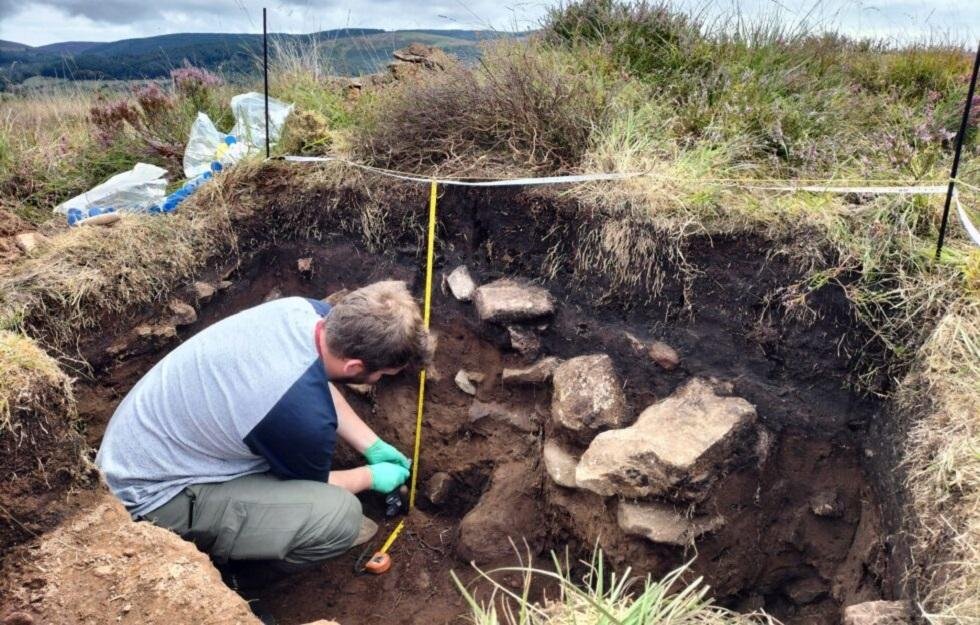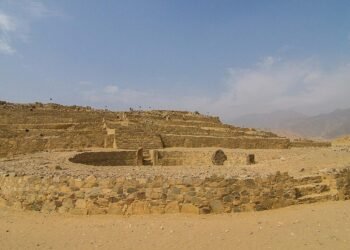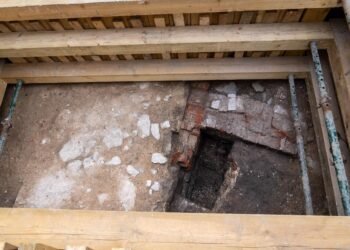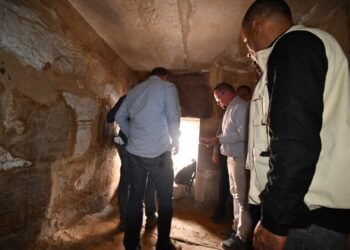Archaeologists on the Isle of Arran’s southwest coast have unearthed what is believed to be the only complete Neolithic cursus monument in Britain. This ancient structure, dating back to between 4000 and 3000 BCE, represents a significant piece of history, shedding light on the ceremonial and social practices of Neolithic farmers.

Cursus monuments, vast rectangular enclosures, served as spaces for processions, ceremonies, and gatherings. They were deliberately distinct from everyday settlements and agricultural lands.
These monumental constructions ranged in size from 200 meters to an astounding 10 kilometers in length, often bordered by ditches, banks, or large oak posts. The Arran cursus, measuring approximately 1.1 kilometers, is situated near the stone circles of Machrie Moor, a site of great significance for ancient peoples.
The monumental scale of the Arran cursus is awe-inspiring. Constructing such a massive monument involved an astonishing amount of labor, and researchers estimate it could date as early as 3500 BCE. Kenny Brophy, a senior lecturer in archaeology at Glasgow University and a cursus specialist, notes the incredible preservation of this monument, largely due to its upland location, away from intensive farming, and the presence of a peat bog.

The discovery of the Arran cursus was made possible through a Lidar survey conducted by Historic Environment Scotland five years ago, revealing a highly unusual combination of ceremonial and farming landscapes. The cursus is defined by a large stone, earth, and turf bank encircling its perimeter, providing a rare opportunity for investigation. Prehistoric field boundaries, clearance cairns, and round houses have also been found in the same peatland landscape, sealing the archaeological layers.
A team of archaeologists, including members from the Universities of Glasgow, Reading, Birkbeck, Bournemouth, Coventry, Birmingham, and Southampton, as well as Archaeology Scotland and Historic Environment Scotland, has been diligently working to understand this unique discovery. They employ various cutting-edge techniques, including ancient DNA analysis, to unravel the mysteries of how this landscape was constructed and used.
The Arran cursus’s significance extends beyond its historical value. It offers insights into early Neolithic farming practices and social organization. The landscape also sheds light on how people interacted with the cursus monument and how early farmers transformed the region. This information contributes to broader initiatives, such as the Rewilding strategy and research conducted by Arran Geopark.
Dr. Darko Maričević from the University of Reading, a specialist in archaeological geophysics, highlights the complexity of this site, stating, “Different geophysical techniques employed as part of the Awakening Sleeping Giants Project are revealing further complexity, making it a truly wonderful archaeological resource to explore and protect.”
Professor Nicki Whitehouse, Professor of Archaeological Science at the University of Glasgow, who led the landscape prospection and environmental science work, emphasizes the significance of the cursus within the broader context. “It is part of a continuum that likely linked to the ritual site at Machrie Moor, probably forming part of something much more extensive,” she states.
Local community involvement has been a key aspect of the excavation process. Dr. Gavin MacGregor, the Director of Archaeology Scotland, notes the enthusiasm generated among local volunteers and artists who joined the project. He describes the excavation as a form of “theatre of excavation,” where people come together to explore and understand the ancient site, mirroring the sense of wonder that may have existed when the cursus was first constructed.






















